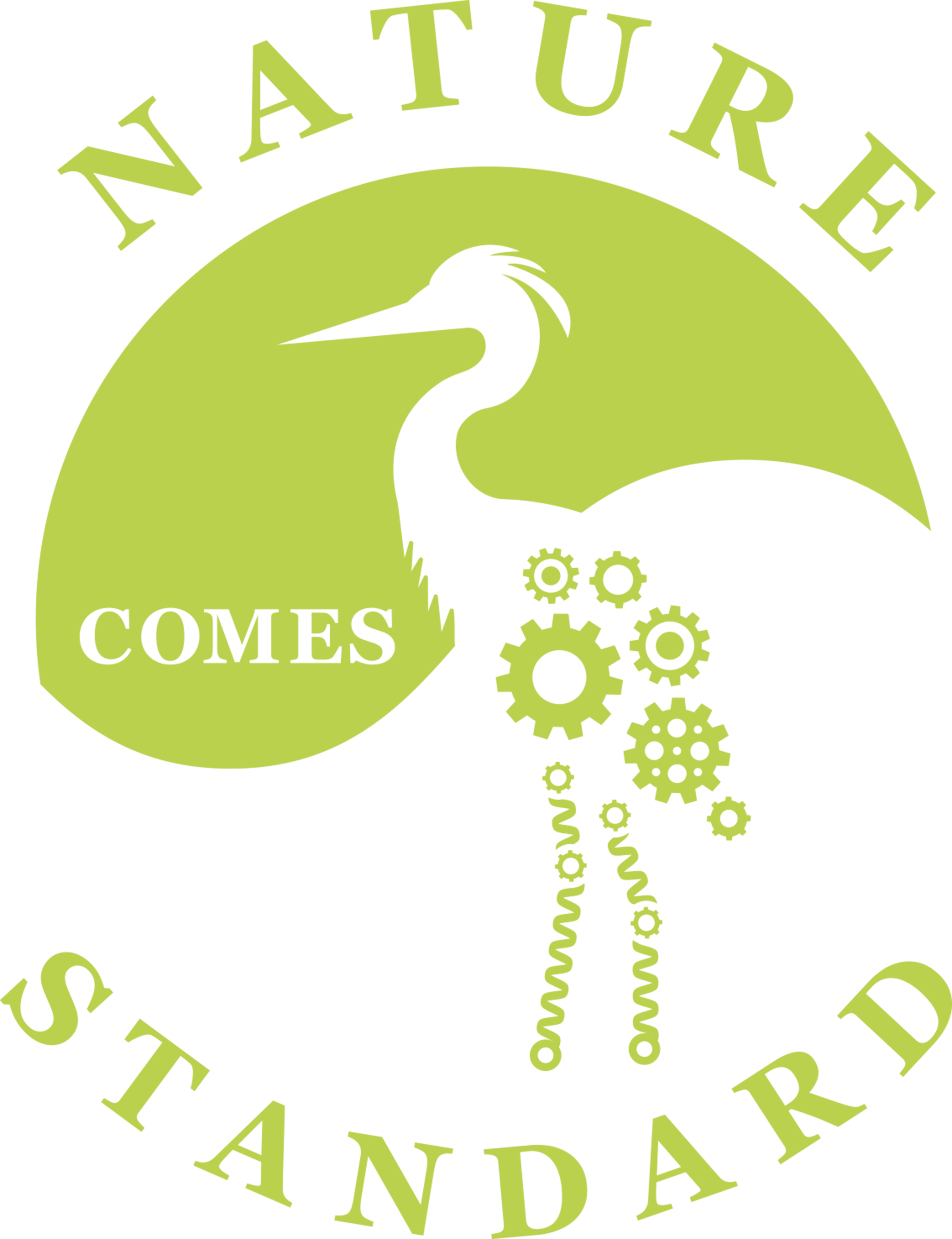The Multifunctional Squirrel Tail

Collection and nut storage for the winter keep the grey squirrels in my yard busy preparing for the approaching winter. My uncarved Halloween pumpkins have become a late fall feast spreading seeds and fibers upon my porch. The squirrels scare less around humans and dogs while it focuses on its winter survival activity. Critical to this survival is the squirrel's multifunctional tail—always in action both inside and out. The squirrel's tail provides a counterbalance, adjusting the squirrel's center of gravity on thin branches, power lines, or bird feeders.
Positioning the bushy tail over its body, the squirrel receives shelter from rain and the heat of the sun. The squirrel can also shunt blood to its tail for a variety of survival reasons. By pumping more blood into the tail, the squirrel regulates its body temperature like a car radiator. The squirrel pumps blood into the tail for 360-degree cooling. If its body needs to maintain heat, blood circulation reduces to keep heat close to its core.
The tail is a communication device to warn nearby predators and surrounding squirrels via a flicking motion. Whenever my dog approaches the squirrel's space, the squirrel's tail will flick in coordination with rapid chirping. Filling the tail with blood and flicking its tail will ward off rattlesnakes that use infrared to sense the heat of their prey. The rattlesnake knows that the adult squirrel is somewhat immune to its venom and will avoid a squirrel that will most likely result in an unsuccessful squabble.
#Optoutside this coming Black Friday and pause to observe the squirrels and other tailed creatures. What else could we learn from one of Life's Principles - "Use Multifunctional Design"? How could we use biomimicry to engineer its unique features into human design?
References:
1. Victor V. Klemas, (2013),"Remote sensing and navigation in the animal world: an overview", Sensor Review, Vol. 33 Iss: 1 pp. 3 - 13 http://dx.doi.org/10.1108/02602281311294298
2. http://www.nutsaboutsquirrels.com/1695/why-do-squirrels-have-bushy-tails/





